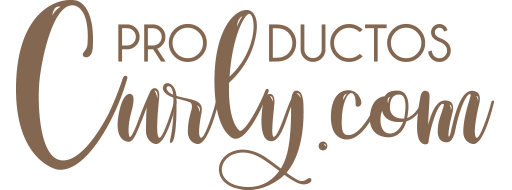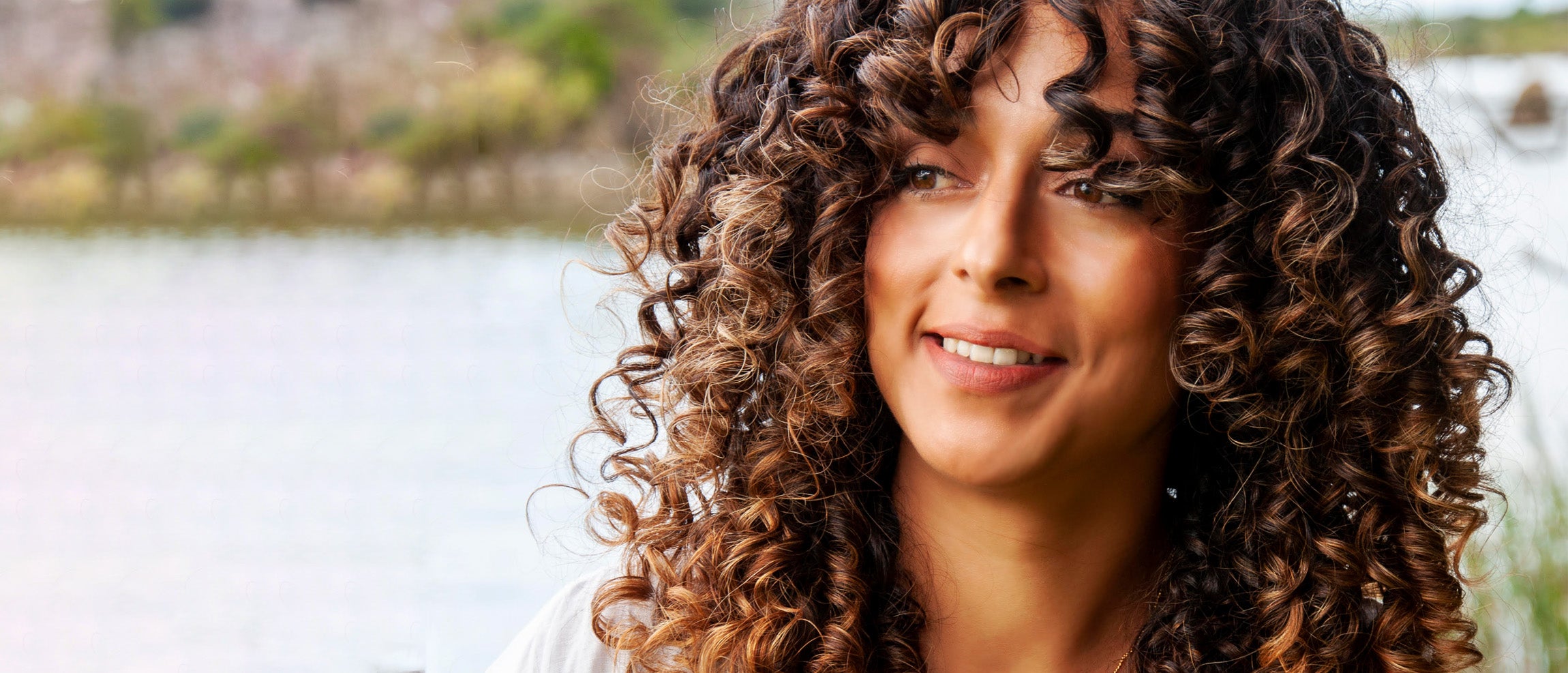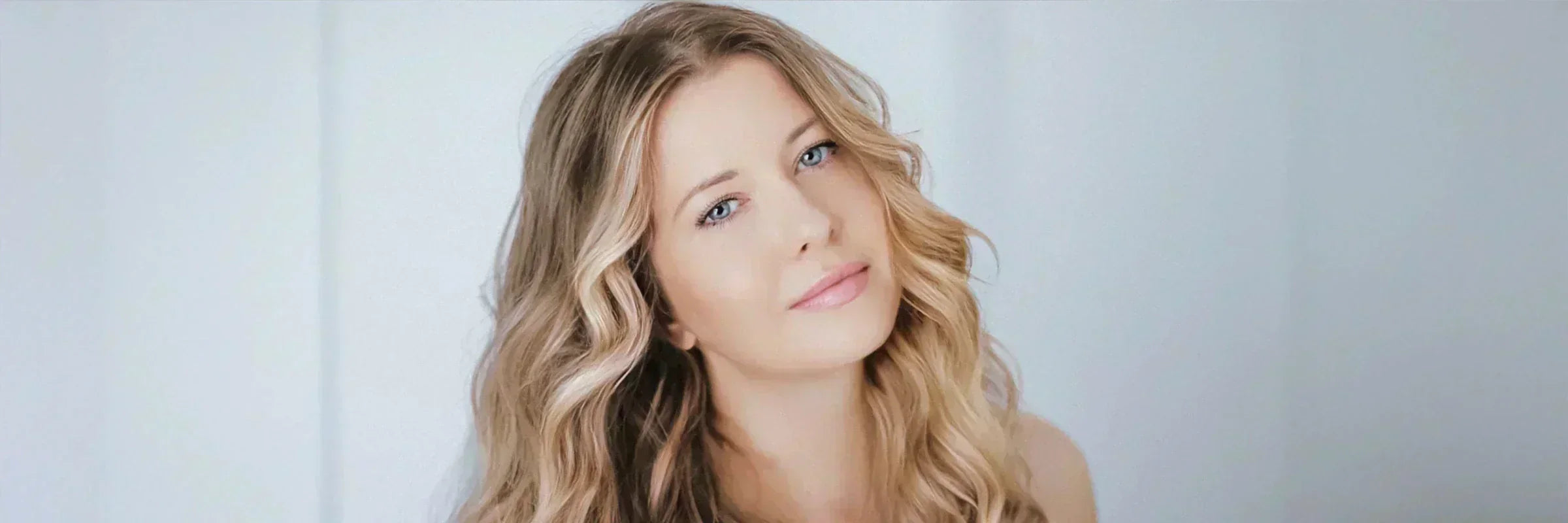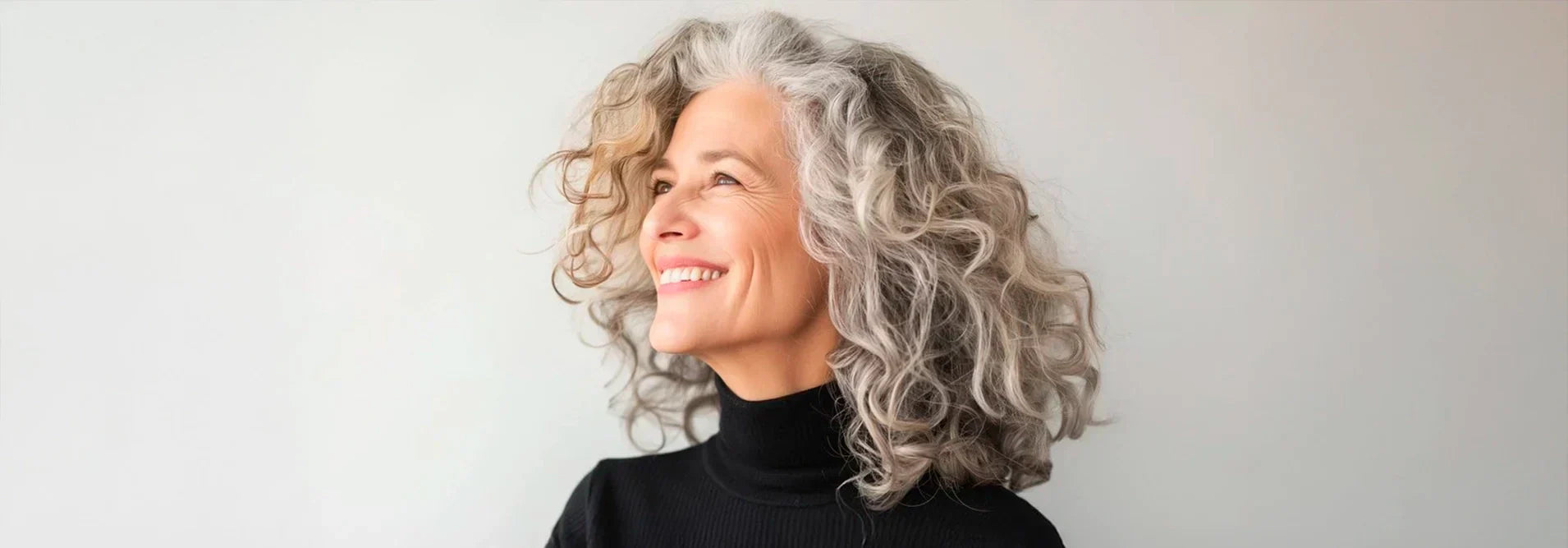Curly hair is as diverse as it is beautiful, and understanding its pattern is essential to providing proper care. Identifying your curl type—whether it's wavy, curly, or frizzy—will help you choose the products and routines that best suit your needs.
Classification of curl types
The most common system for classifying curly hair divides it into three main categories, each with subtypes that further detail the specific characteristics:
Wavy Hair (Type 2):
- 2A: Light, barely perceptible “S” shaped waves, with little volume and no frizz.
- 2B: More defined and defined waves, with a tendency toward frizz and some volume.
- 2C: Deep waves that begin to form loose curls, with greater volume and prone to frizz.
Curly Hair (Type 3):
- 3A: Loose, large curls, well-defined, with shine and elasticity.
- 3B: Tighter, fuller curls with a diameter similar to that of a marker.
- 3C: Dense, tight curls with a corkscrew shape and smaller diameter.
Very Curly or Coily Hair (Type 4):
- 4A: Very tight “S” shaped curls, with a defined pattern and small diameter.
- 4B: Less defined, Z-shaped curls with a fluffy texture and angular pattern.
- 4C: Extremely tight and dense curls, with an almost imperceptible pattern and a greater tendency to shrink.

How to identify your curl pattern
To determine your curl type, follow these steps:
- Wash your hair: Use a mild shampoo and avoid applying conditioner or styling products.
- Let it air dry: Allow your hair to dry naturally, without using a hairdryer or towels that could alter its shape.
- Observe the pattern: Once dry, examine the shape of your curls and compare it to the descriptions above to identify your type.
Importance of knowing your curl type
Understanding your curl pattern is essential for selecting the most appropriate products and care techniques. For example, wavy hair can benefit from lightweight products that enhance waves without weighing them down, while tighter curls require intense hydration and products that define and maintain curl shape.
Remember that every mane is unique, and you may have a combination of different curl types. Observing and experimenting with different products and routines will help you discover what works best for you, enhancing the natural beauty of your curly hair.
To better visualize this classification, you can consult images showing the different types of wavy, curly, and very curly hair, along with their subcategories A, B, and C.








Leave a comment
This site is protected by hCaptcha and the hCaptcha Privacy Policy and Terms of Service apply.